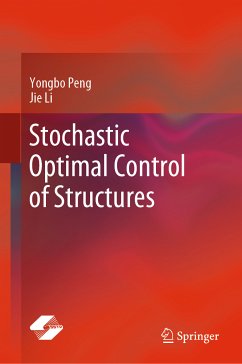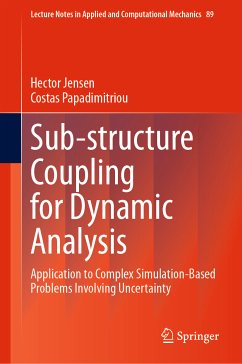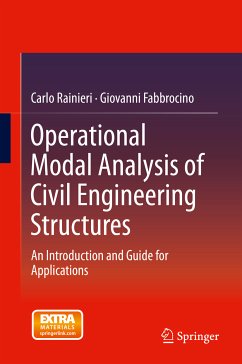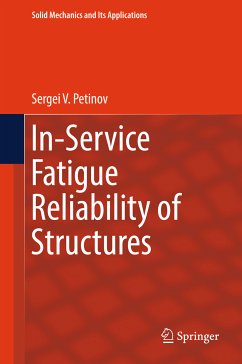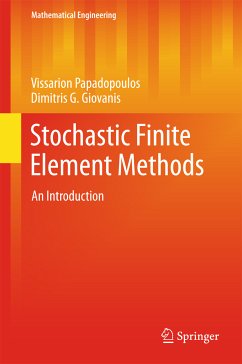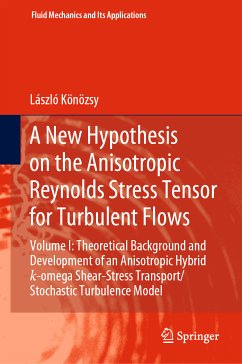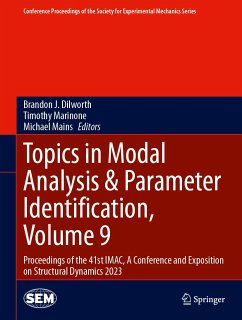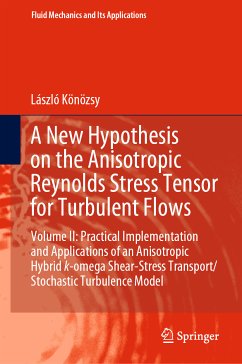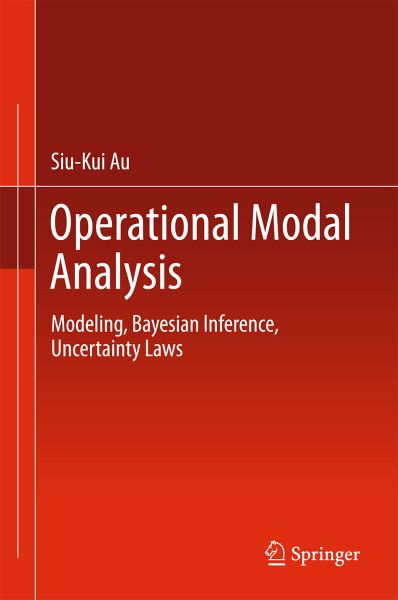
Operational Modal Analysis (eBook, PDF)
Modeling, Bayesian Inference, Uncertainty Laws
Versandkostenfrei!
Sofort per Download lieferbar
216,95 €
inkl. MwSt.
Weitere Ausgaben:

PAYBACK Punkte
108 °P sammeln!
Presents operational modal analysis, employing a coherent and comprehensive Bayesian framework for modal identification
Covers materials from introductory to advanced level, which are classified accordingly to ensure easy access for readers from different fields
Includes stochastic modeling, theoretical formulations, computational algorithms, and practical applications
Dieser Download kann aus rechtlichen Gründen nur mit Rechnungsadresse in A, B, BG, CY, CZ, D, DK, EW, E, FIN, F, GR, HR, H, IRL, I, LT, L, LR, M, NL, PL, P, R, S, SLO, SK ausgeliefert werden.
Alle Preise in Euro und inkl. der gesetzl. MwSt. | Innerhalb Deutschlands liefern wir preisgebundene Bücher versandkostenfrei. Weitere Informationen: bitte hier klicken
Support
Bitte wähle dein Anliegen aus:
Rechnungen
Bestellstatus
Retourenschein
Storno



